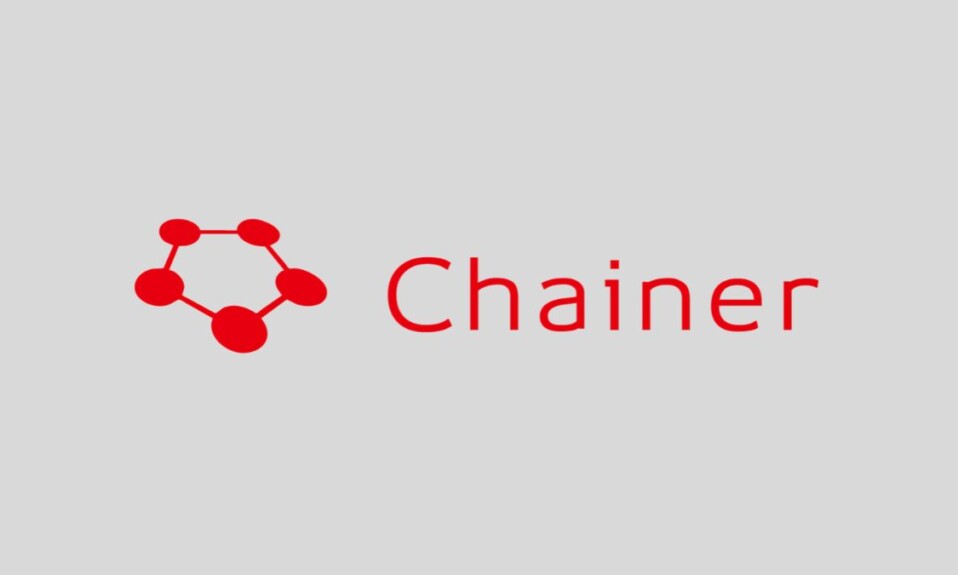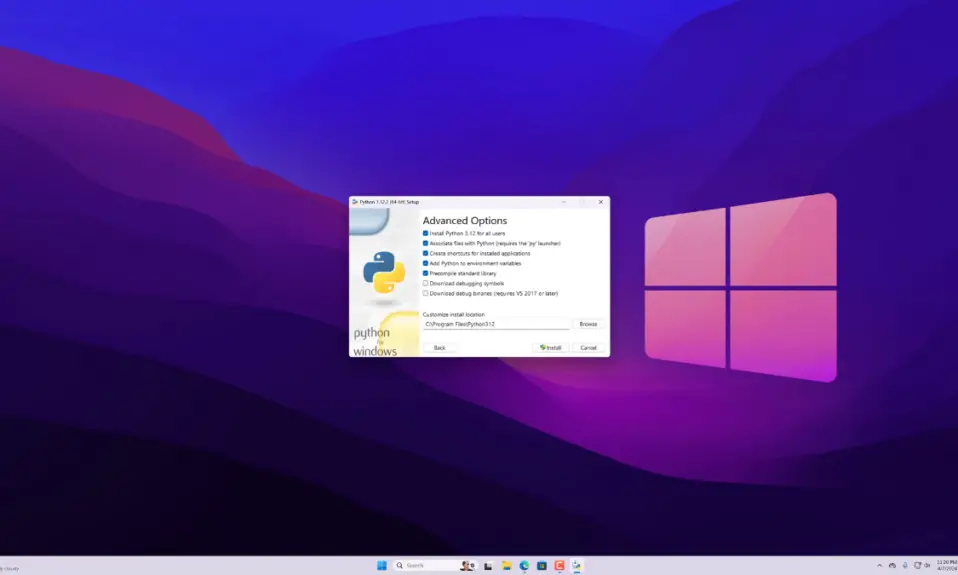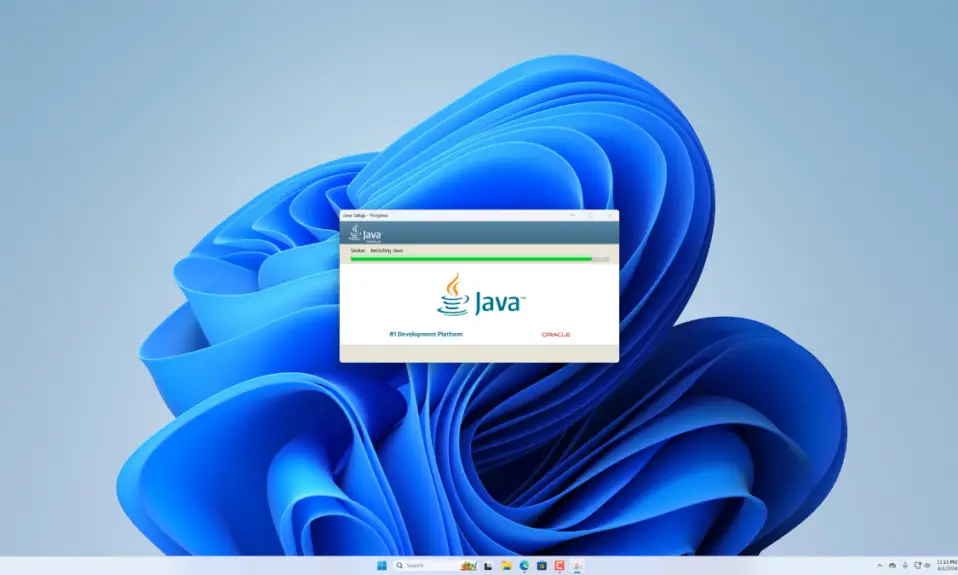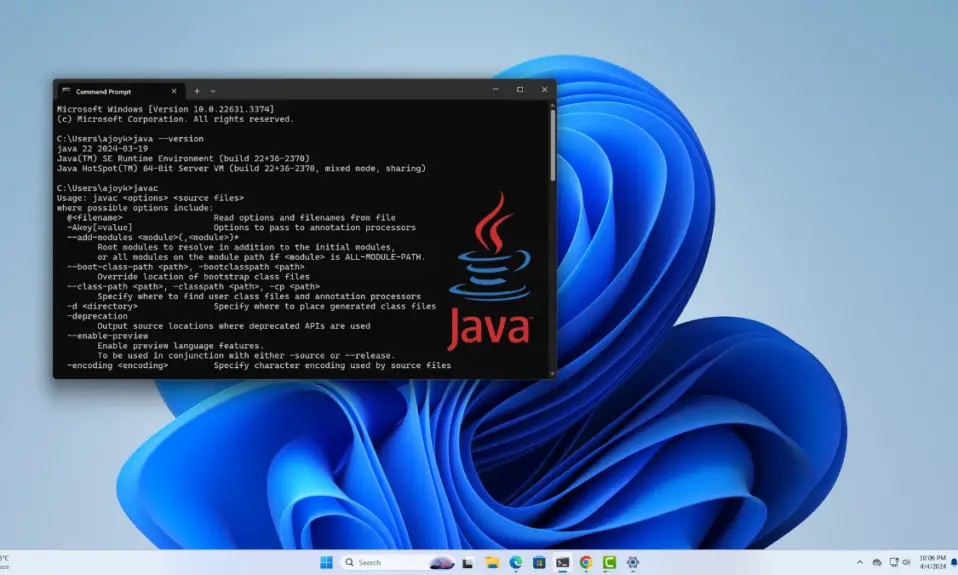
Today we would like to introduce you to Chainer. It is a popular open-source, cross-platform deep learning framework. The framework was developed by Seiya Tokui in collaboration with the Japanese company Preferred Networks, in partnership with IBM, Intel, Microsoft, and NVidia. It is a robust, flexible, and intuitive deep learning framework.
Chainer is based on Python and was first released in 2015. It gained popularity rapidly, especially in Japan, since its initial release. As it continues to gain popularity, we have decided to provide you with updated information on this topic based on our knowledge and research. However, before we delve into a discussion on Chainer, you need to have some understanding of neural networks. So, let’s begin.
What is The Neural Network Framework?
Artificial neural networks are an integral part of the process of deep learning. The neurological structure of the human brain inspires these systems. Deep learning focuses on five core neural networks which are:
- Multi-layer perception.
- Radial basis network.
- Recurrent neural networks.
- Generative adversarial network.
- Convolutional neural network.
To fulfill the work demand, neural networks rely on their complex structures, which comprise artificial neurons. Neurons can influence each other.
Each of these neurons is capable of taking many inputs at a time or at different times, and they provide a single output. This is the major use of neural networks – to convert inputs into a meaningful output.
There are one or more hidden layers between the input and output layers of the neural network. The flow of information occurs in two ways. One refers to Feed-forward networks, where signals travel only in one direction. Moreover, the other one is Feedback networks. Here, the recurrent networks use their internal memory to process the given inputs.
Features of Chainer
- It supports the Define-by-run scheme.
- Chainer supports CUDA computation. It can leverage a GPU with a few lines of code. Running many GPUs is also possible with a little bit of extra effort. Chainer offers these facilities with the help of PyCUDA.
- Chainer supports different network architectures. For instance, feed-forward, nets, converts, recurrent nets, recursive nets, and per-batch architecture.
- It supports multi-dimensional array and layer implementations.
- Forward computation can include any control flow statements of Python without losing the potential of backward propagation.
- It can control flow statements and can predefine the functions.
Here in the first point, we have mentioned the define-by-run scheme. The following of this scheme is quite important for the neural frameworks. We will now make you understand what this feature is and its importance.
What is Define-by-run?
Chainer was the first deep learning framework to use the Define-by-run method. Before its introduction by Chainer, network training had two phases. First, define the fixed connection between mathematical operations like matrix multiplication and non-linear activations within the network. And then running the actual training calculation. We commonly refer to this as the define-and-learn method.
TensorFlow and Theano use this approach for training. In comparison, in the define-by-learn approach, the connection in the network is determined at the time of actual calculation, not at the start.
Here, first, a computational graph is constructed. It is periodically fed with minibatches to perform forward/backward computations. The interpreter handles this forward/backward computation. The forward computation is a regular program code. Additionally, the graph is used for backward computation.
Advantages of the Define-by-run Approach over The Define-and-run Approach
The advantages of this approach over the traditional method are flexibility and intuition. Flexibility is especially useful for implementing recurrent neural networks.
The define-by-run approach utilizes native constructs of the programming language. Using a define-by-run approach provides Chainer with flexibility, hence it is known as a flexible neural network.
Another advantage is the ease of debugging. In the traditional method, errors in the training calculation were hard to find. However, in the define-by-run method, the user can suspend the calculation using the built-in debugger, allowing them to inspect the data and find the fault.
Chainer as a Flexible Framework
As mentioned earlier, Chainer is a powerful and flexible neural network framework. We will discuss this in detail. Currently, Chainer is at version 6.3.0, which was released in 2019.
Chainer supports multi-dimensional arrays, different network architectures, and layer implementations, making it a perfect example of a neural framework. Now, the unique feature is the define-by-run approach to learning, which makes this neural network flexible. Thus, it has an advantage over other neural networks.
Extension Libraries
Chainer has four extension libraries: ChainerMN, ChainerRL, ChainerCV, and ChainerUI. The first one, ChainerMN, is key to the use of Chainer on multiple GPUs.
It also enables Chainer to achieve faster performance than other deep learning frameworks. ChainerRL is another important library, featuring state-of-the-art algorithms for deep reinforcement learning. ChainerUI is also a management tool.
How to Use Chainer?
So we have almost informed you about everything regarding Chainer. Now you should also know how to install and use it. To install it, you first need to prepare a Python 2.7 environment with pip. Chainer is now ready to be installed.
You can use it after completing the installation process. If you want to use GPUs, you have to install CUDA and the corresponding NVIDIA drivers. Before you start using Chainer, we suggest you read the user manual, which is included inside Chainer in PDF format. It will also help you run the application.
Conclusion
We have included all the necessary information regarding Chainer. It will guide you if you are going to use it. Another notable example of the application of Chainer is PaintsChainer. It is used for the automatic colorization of black and white line art, as well as other tasks involving draft drawing, with little to no user input required.








